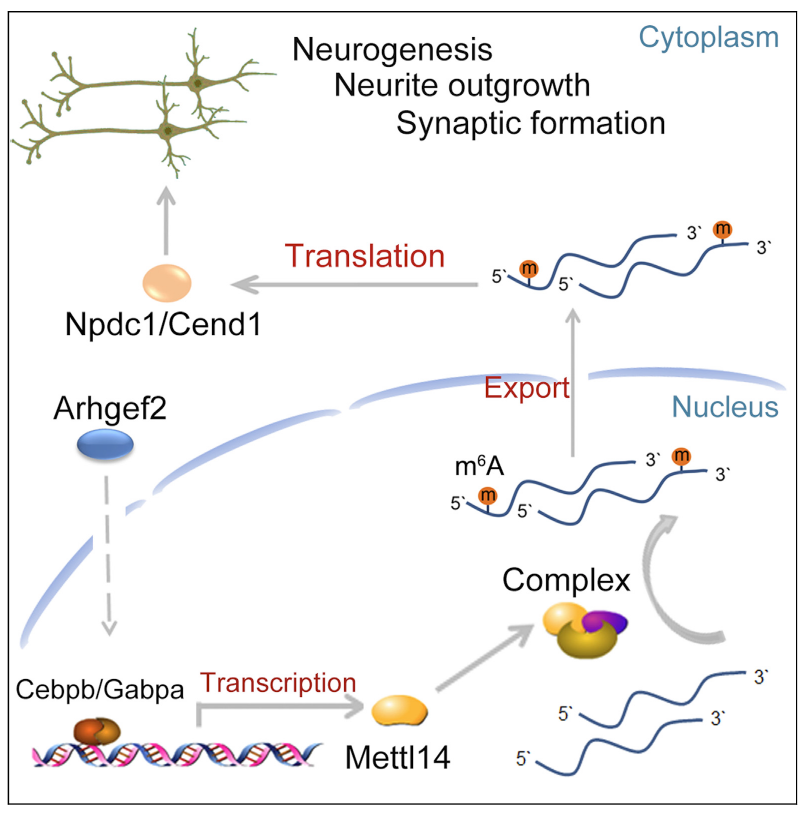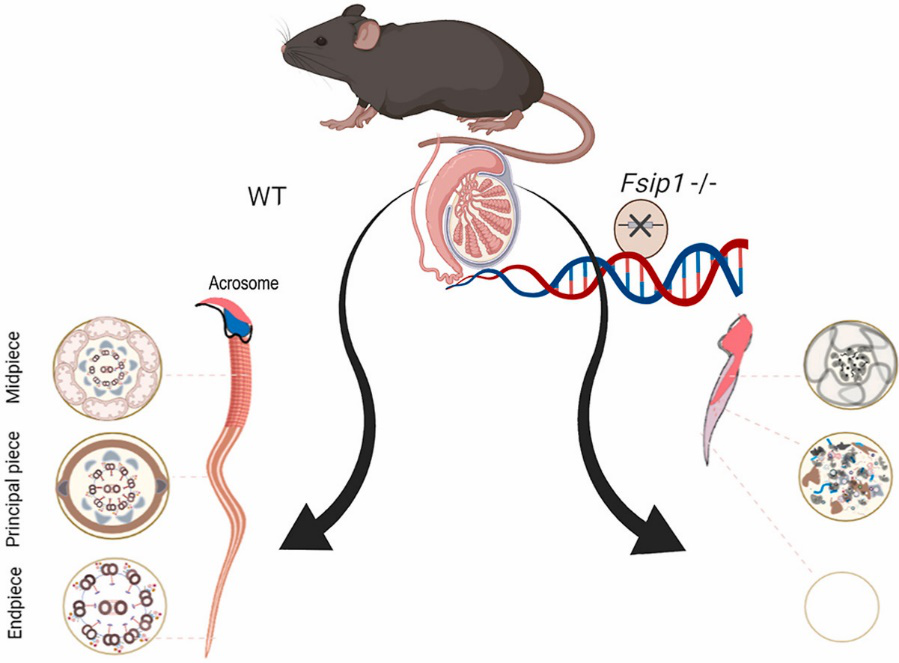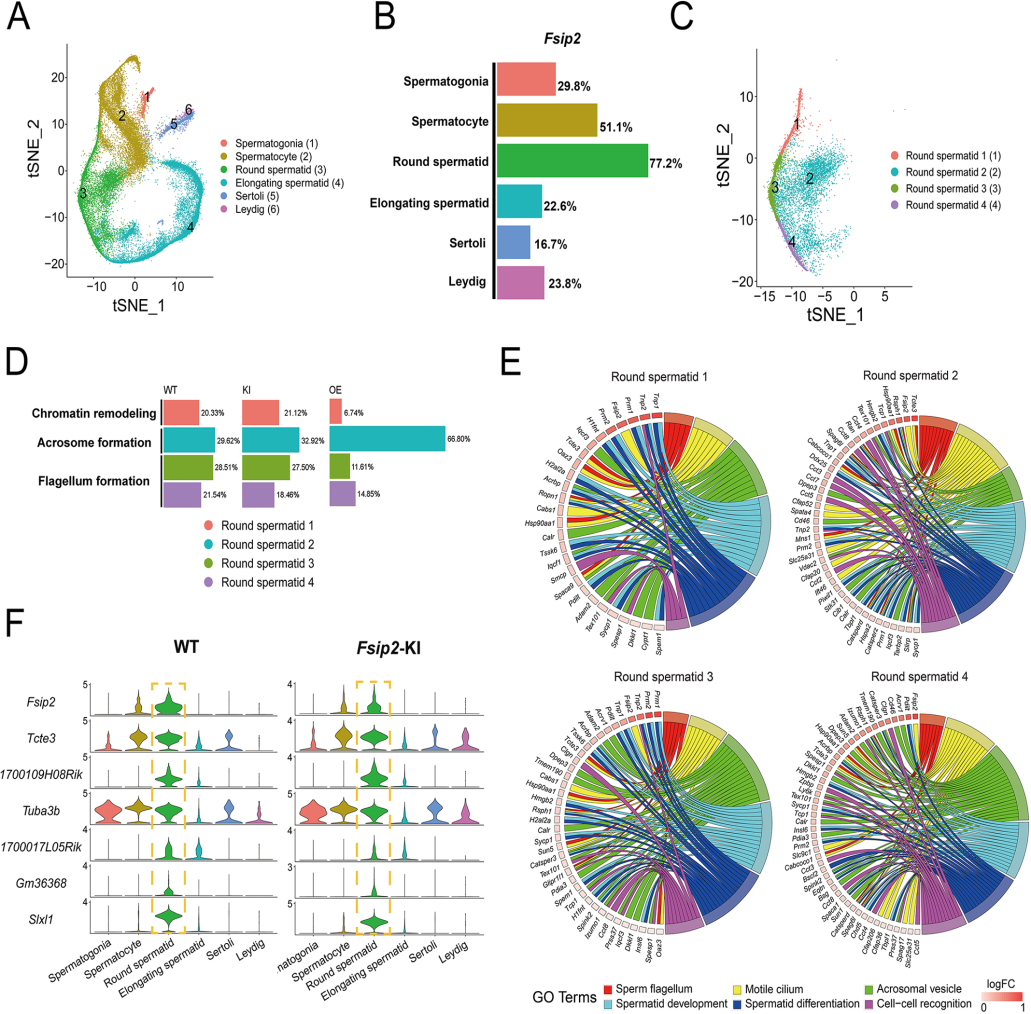Cerebral palsy is the most prevalent physical disability in children; however, its inherent molecular mechanisms remain unclear. In the present study, we performed in-depth clinical and molecular analysis on 120 idiopathic cerebral palsy families, and identified underlying detrimental genetic variants in 45% of these patients. In addition to germline variants, we found disease-related postzygotic mutations in approximately 6.7% of cerebral palsy patients. We found that patients with more severe motor impairments or a comorbidity of intellectual disability had a significantly higher chance of harboring disease-related variants. By a compilation of 114 known cerebral-palsy-related genes, we identified characteristic features in terms of inheritance and function, from which we proposed a dichotomous classification system according to the expression patterns of these genes and associated cognitive impairments. In two patients with both cerebral palsy and intellectual disability, we revealed that the defective TYW1, a tRNA hypermodification enzyme, caused primary microcephaly and problems in motion and cognition by hindering neuronal proliferation and migration. Furthermore, we developed an algorithm and demonstrated in mouse brains that this malfunctioning hypermodification specifically perturbed the translation of a subset of proteins involved in cell cycling. This finding provided a novel and interesting mechanism for congenital microcephaly. In another cerebral palsy patient with normal intelligence, we identified a mitochondrial enzyme GPAM, the hypomorphic form of which led to hypomyelination of the corticospinal tract in both human and mouse models. In addition, we confirmed that the aberrant Gpam in mice perturbed the lipid metabolism in astrocytes, resulting in suppressed astrocytic proliferation and a shortage of lipid contents supplied for oligodendrocytic myelination. Taken together, our findings elucidate novel aspects of the etiology of cerebral palsy and provide insights for future therapeutic strategies.
In-depth analysis reveals complex molecular aetiology in a cohort of idiopathic cerebral palsy. (Li N, et al., Brain, 2021)





